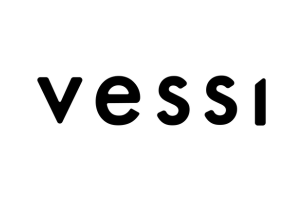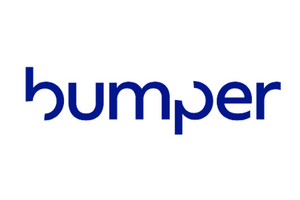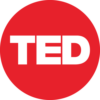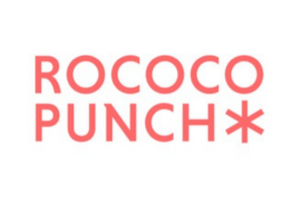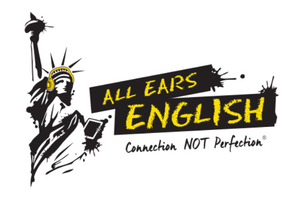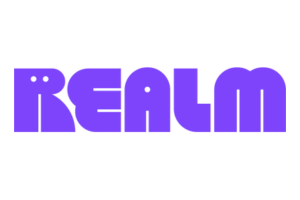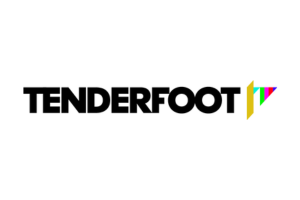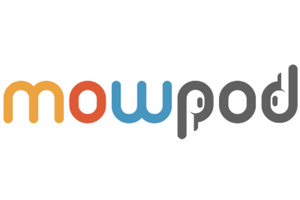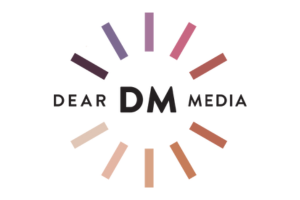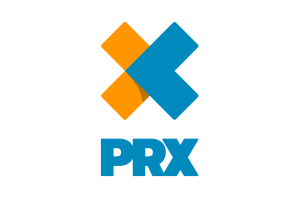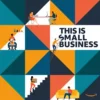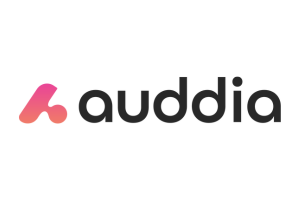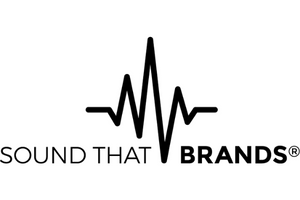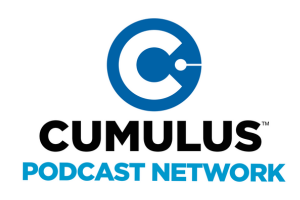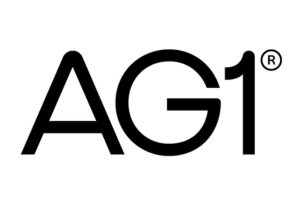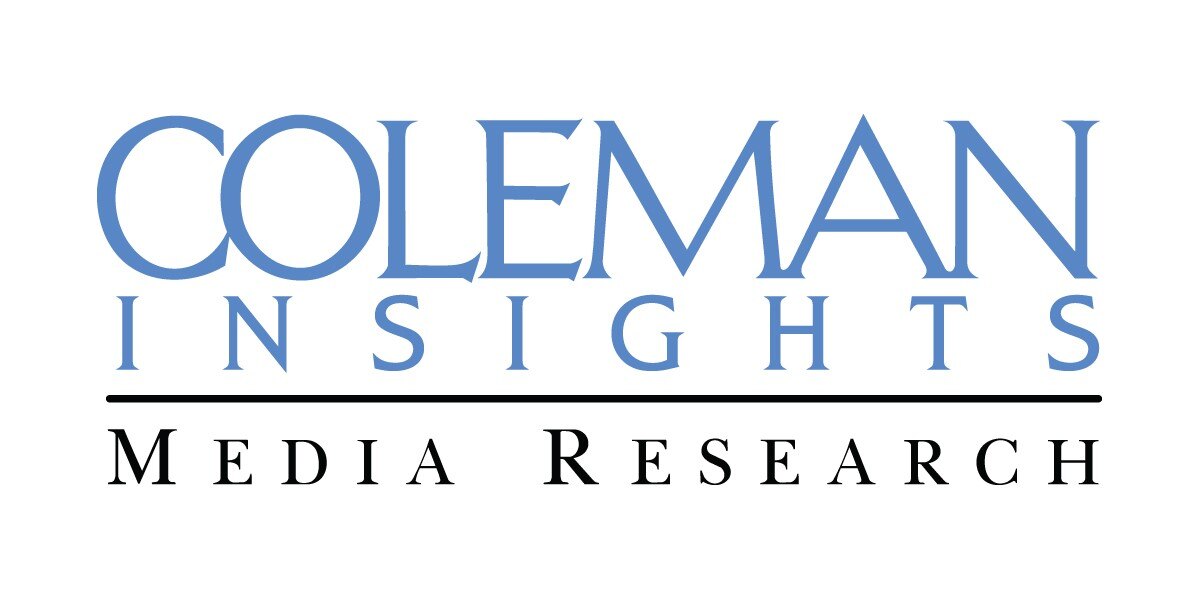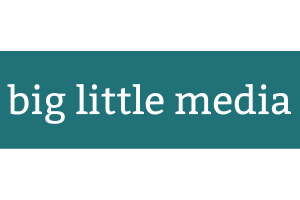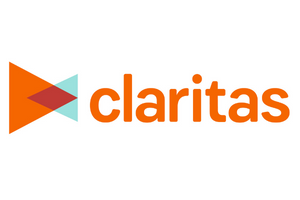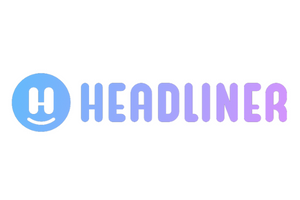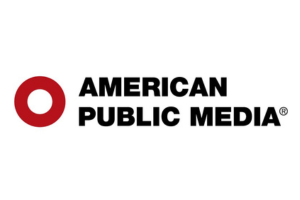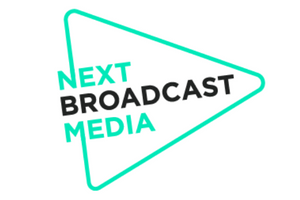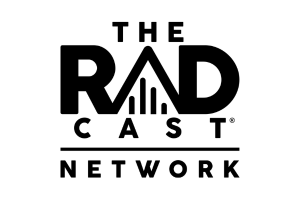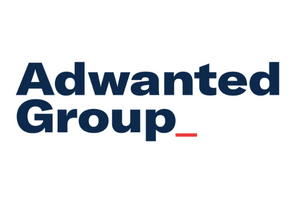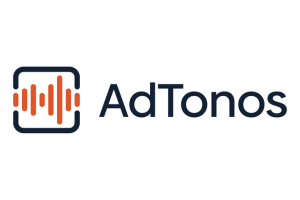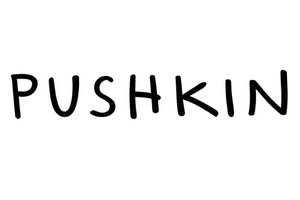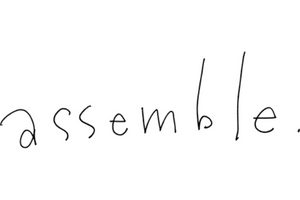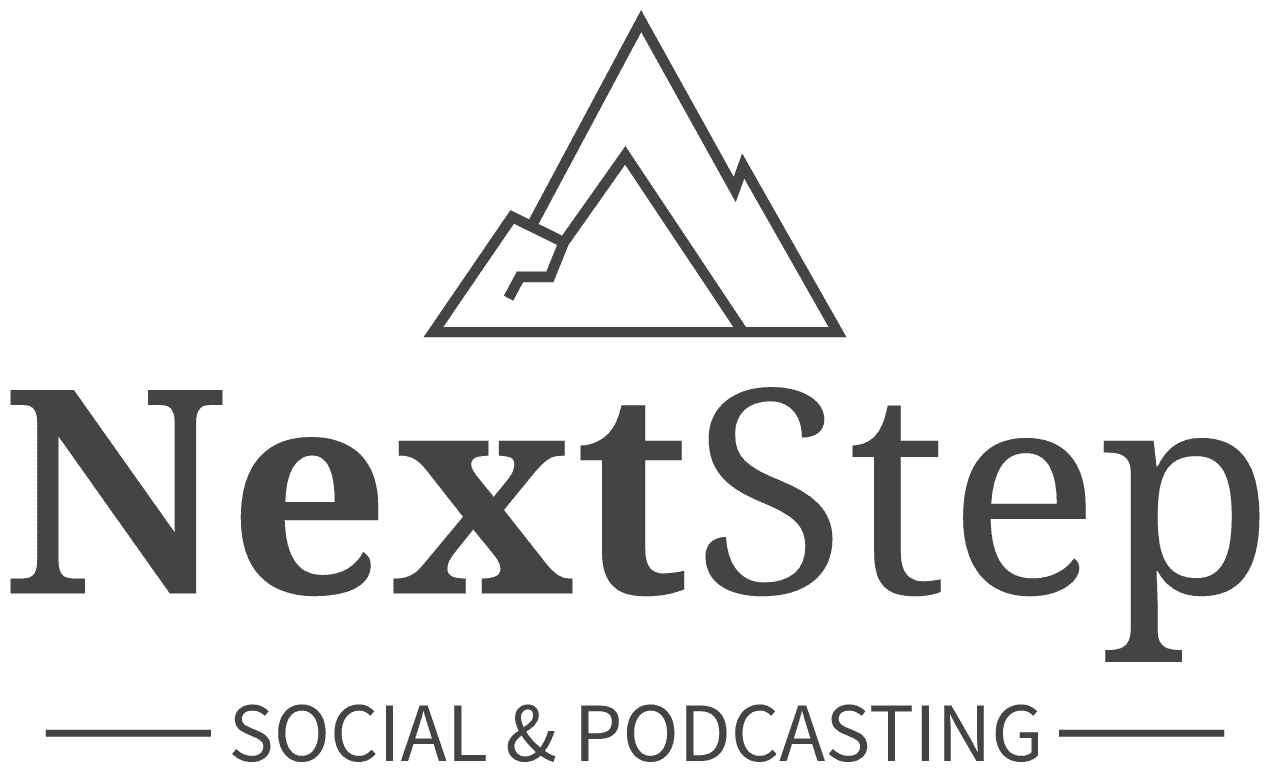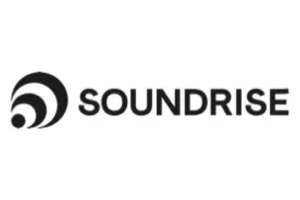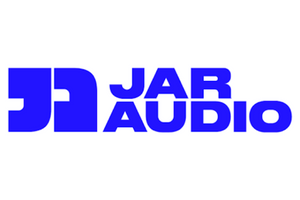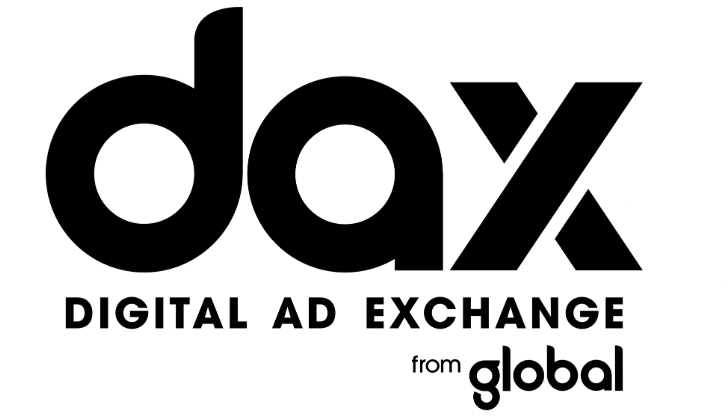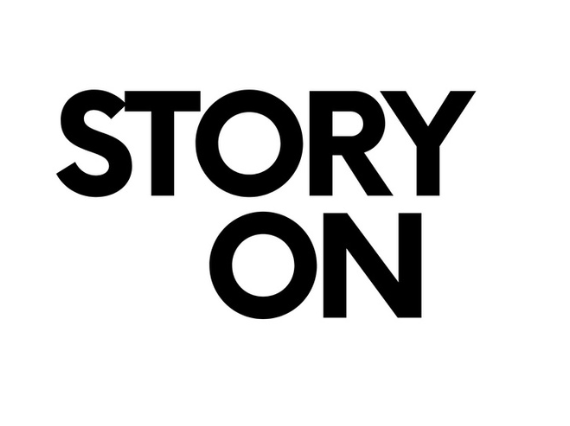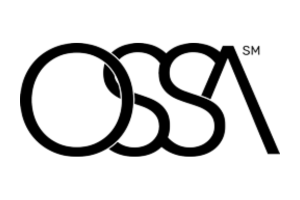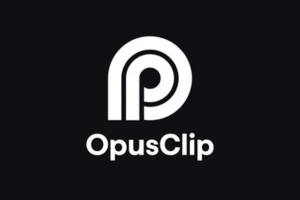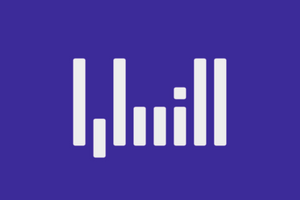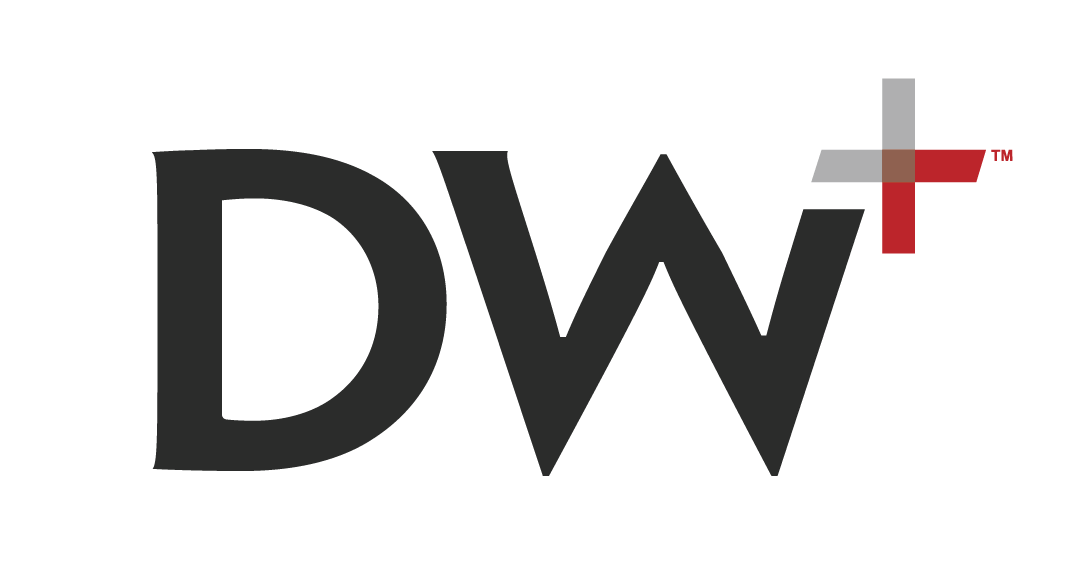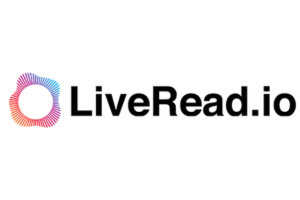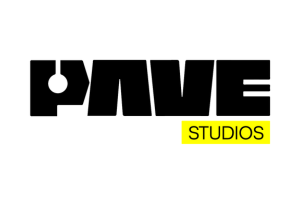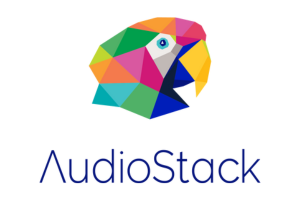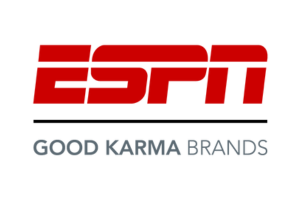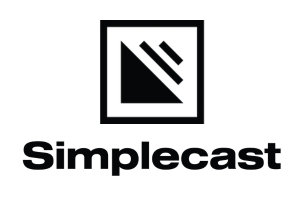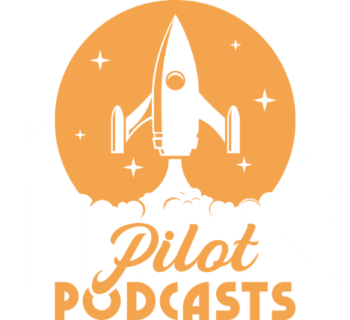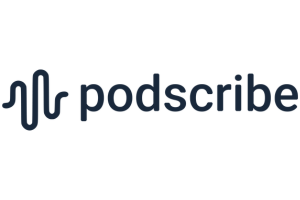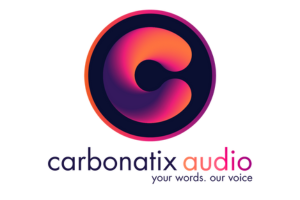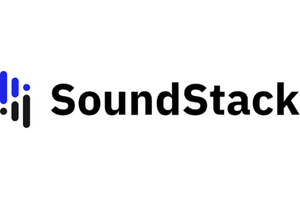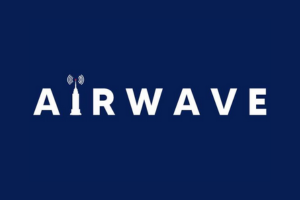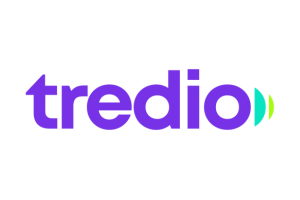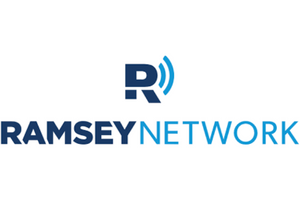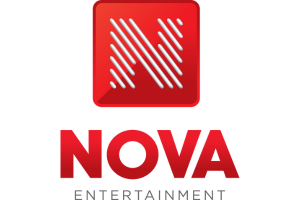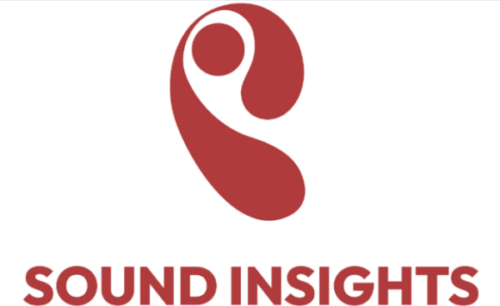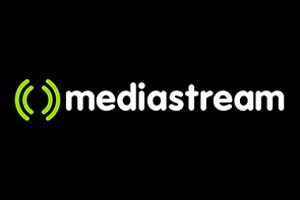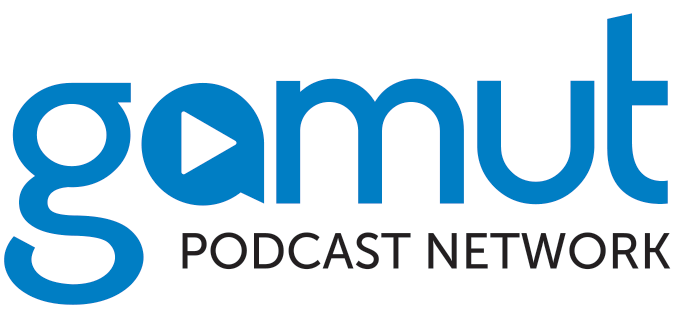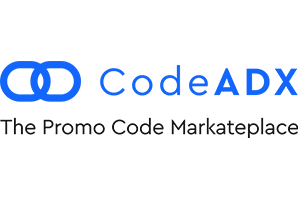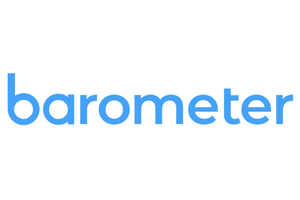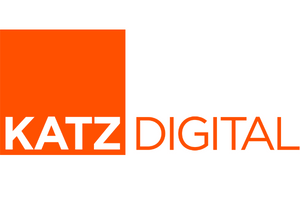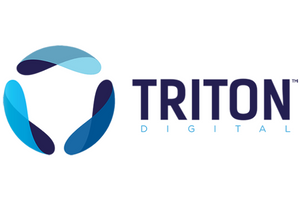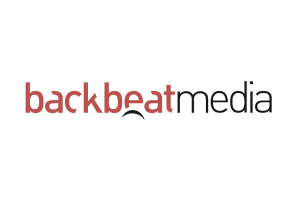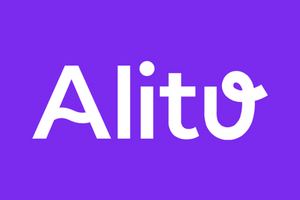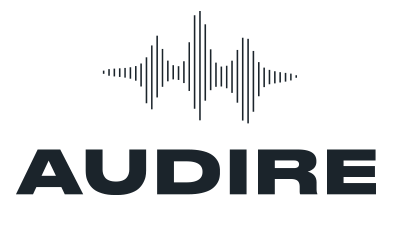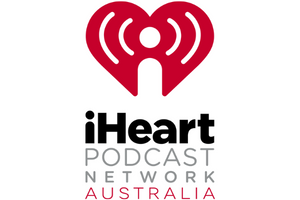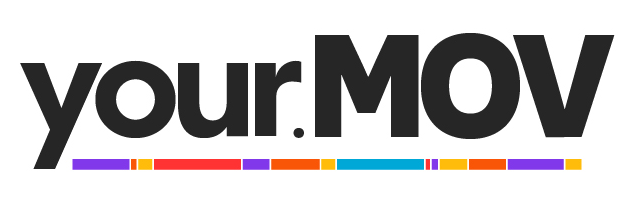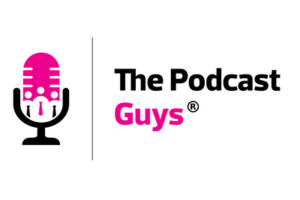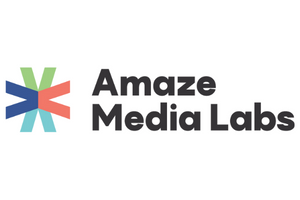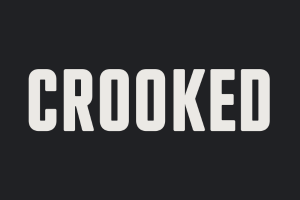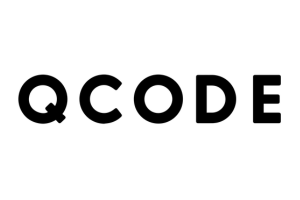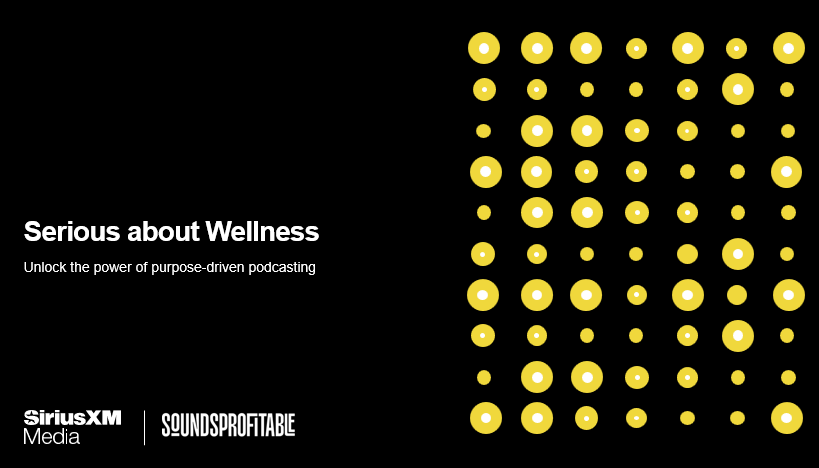Today in the Business of Podcasting
The CDC Uses Digital Advertising To Reframe The Narrative Around Flu Vaccines by Hana Yoo
Flu vaccination rates have plummeted for both pregnant people and children (16% and 7% respectively), leading to elevated rates of severe flu cases, hospitalization, and death. In part this is attributed to the misconception flu vaccines are ineffective due to frequent online testimony that vaccinated people caught the flu anyway. To combat the misinformation, the Center for Disease Control has launched a display campaign on Facebook, Instagram, and radio spots on Pandora. The campaign specifically targets both the pregnant and parents with younger children in places where they seek health information online. Podcasting could play a vital role in future public health campaigns like this one, as one of our inherent strengths as an industry is the ability to hyper-target audiences based on contextual data. [Source]
The Three Eras Of Podcasting by Steve Goldstein
While teaching a course at NYU about the business of podcasting, Steve Goldstein found a need to summarize the rapid changes of the podcasting industry, and has boiled it down to three core periods. First, the “MeUndies era”, where host-read endorsements were everything and public radio quickly realized podcasting’s potential. Then follows the expansion and experimentation period of, as Goldstein puts it, throwing spaghetti at the wall to see what sticks. Currently the industry is in its “What’s a podcast” period as video podcasting rockets in popularity thanks to YouTube. Podcasting’s evolution mirrors the broader evolution of digital media, starting from simplicity, embracing experimentation, and graduating that experimentation into something more complex. [Source]
The Joint Industry Committee Forges Ahead With Currency Certification by Alyssa Boyle
Nielsen is no longer the only game on the block when it comes to TV measurement that can be traded on as currency, and the new contenders are gaining traction fast. Today the broadcaster-backed joint industry committee grants “conditional certification to measurement companies Comscore, VideoAmp, and iSpot, all of which the JIC believes are on their way to becoming currency. If they pass a second evaluation audit they could be fully certified by early next year. Nielsen declined a JIC request for information, continuing a long-running feud between the incumbent and the JIC regarding measurement and currency. [Source]
Prize draws and ‘over-sampling’: How researchers are hunting media’s missing audiences by Ella Sagar
What happens when media agencies have to hyper-target a campaign for clients? Campaigns such as the 2021 anti-knife crime Metropolitan Police ad that targeted specifically women aged 25-54 with young male relatives aged 11-19 years old who all happen to live in a group of London boroughs where knife crime was highest. There’s multiple ways companies go about collecting niche data from small sub-sections of the population, though most involve getting boots on the ground in areas where members of that demographic congregate and running surveys. Rajar, for example, has a hard time recruiting younger respondents in general surveys, so they intentionally over-sample by tasking interviewers with finding respondents specifically in that age range. [Source]




